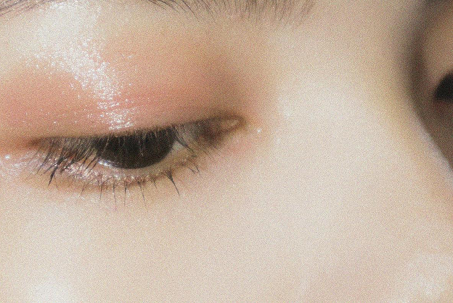In the world of high-performance coatings, cosmetics, and plastics, Crystal Golden Pearlescent Pigments are prized not just for their luxurious shimmer, but also for their complex optical behavior. Understanding and controlling how these pigments interact with light is critical to achieving consistent, predictable visual effects across different applications. This is where optical simulation and advanced measurement techniques come into play, allowing manufacturers and formulators to translate material science into real-world brilliance.
The optical properties of pearlescent pigments, especially golden variants based on synthetic or natural mica substrates, are not straightforward to evaluate. Unlike simple colorants, these pigments rely on multilayer interference, light reflection, and refraction through crystalline layers. A slight change in particle orientation, size distribution, or coating thickness can shift the appearance dramatically. That’s why tools like goniospectrophotometers, which measure color and reflectance at multiple angles, have become essential in quality control and product development.
For those working with Crystal Golden Pearlescent Pigment in paints or plastics, controlling sparkle intensity and color travel (also called flop) requires more than just trial and error. Optical simulation software helps model the interaction of light with pigment layers, predicting outcomes before physical samples are produced. These simulations take into account the refractive index of each layer, the geometry of the pigment, and even the roughness of the substrate. When combined with empirical data, they allow engineers to fine-tune formulas for maximum visual effect with minimal waste.

But testing doesn't end in the lab. For manufacturers supplying pearlescent pigment solutions to diverse industries, batch-to-batch consistency is non-negotiable. Multi-angle colorimetric analysis ensures that each batch of crystal-based golden pigment delivers the expected luster and undertone. In fact, some high-end customers even require a custom reflectance profile as part of their technical specification. To meet these expectations, precise optical testing becomes a core part of the pigment production workflow.
It’s also worth noting that environmental conditions can affect how light interacts with the pigment on a surface. Gloss level, curing temperature, and even humidity during application can slightly alter the final look. That’s why optical characterization is often repeated not only on dry pigment, but also in wet systems and final cured films. This holistic approach supports better customer outcomes and strengthens technical partnerships across the value chain.
From a supplier perspective, being able to provide full optical data packages, including simulation visuals and multi-angle reflectance curves, is increasingly seen as a mark of professionalism. For businesses choosing a long-term pigment partner, this depth of technical support is a sign of a manufacturer’s commitment to quality and innovation. At the same time, it helps customers make informed choices, especially when aiming for standout finishes in competitive consumer markets.
In short, mastering the light behavior of Crystal Golden Pearlescent Pigments isn’t just about aesthetics—it’s a fusion of science, measurement, and engineering expertise. Whether you’re designing luxury packaging, automotive coatings, or premium plastics, having reliable optical performance backed by rigorous testing can turn a creative vision into a market-ready product. And with the right tools and know-how, achieving that signature golden shimmer becomes a repeatable, scalable reality.

